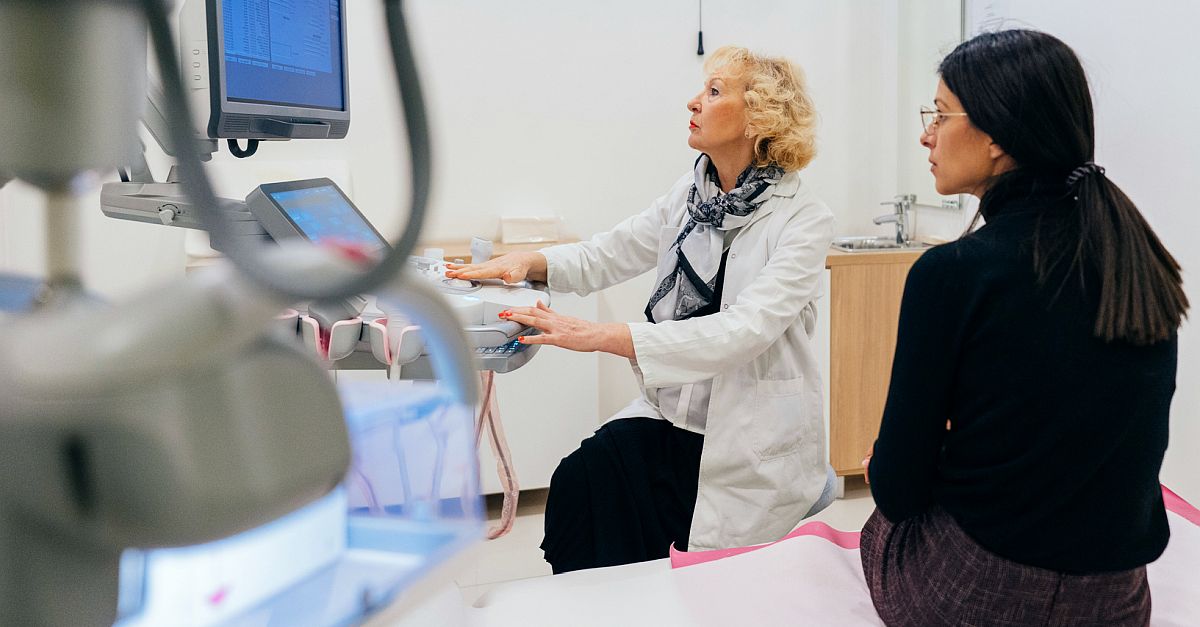Erythroblastic oncogene B (ERBB2; formerly human epidermal growth factor receptor 2 [HER2])-low–expressing tumors have been shown to respond to novel anti-ERBB2 antibody-drug conjugates in clinical trials, but questions remained as to the biology of ERBB2-low, early-stage breast cancer. This heterogeneous category of tumors is defined as those that score immunohistochemistry 1+ or 2+ with a nonamplified in situ hybridization assay, and it includes hormone receptor (HR)-positive and triple-negative breast cancers. In a recent JAMA Oncology article, Dr Paolo Tarantino and colleagues evaluated the biologic and prognostic significance of ERBB2-low expression in breast cancer and investigated the association between estrogen receptor (ER) and ERBB2-low expression.
The study included 5,235 patients with ERBB2-negative tumors. Of these, 2,917 patients (55.7%) had ERBB2-low tumors and 2,318 (44.3%) had ERBB2-0 tumors. HR and ER expression was significantly more common among ERBB2-low tumors than ERBB2-0 tumors, while ERBB2-0 tumors were more likely to also be triple negative. A greater percentage of HR-positive tumors were ERBB2-low (58.2%) vs triple-negative cancers (39.3%). Compared with those who had ERBB2-0 tumors, the group of patients with ERBB2-low tumors included more men, more women who were premenopausal, fewer high-grade tumors, and fewer tumors with lobular histology.
When analyzing disease outcomes, the authors found that there was a lower complete response rate among ERBB2-low tumors, but differences in complete response rates for ERBB2-low vs ERBB2-0 tumors were not found when clinically relevant subgroups were analyzed. Similarly, in an exploratory survival analysis, significant differences were observed for disease-free survival, distant disease-free survival, and overall survival, but no significant difference was observed when HR-positive and triple-negative tumors were analyzed separately. The authors attributed most clinicopathologic differences between ERBB2-low and ERBB2-0 tumors to different distributions of HR-positive and triple-negative tumors, and they found no prognostic significance for ERBB2-low expression in terms of survival outcomes.
The authors concluded that the results of this analysis do not support the consideration of ERBB2-low tumors as a distinct biologic subtype of breast cancer. However, they did determine that ERBB2 and ER expression are positively associated. Most ER-low tumors were ERBB2-0, and most ER-high tumors were ERBB2-low. Further research may confirm this association.
High level
This study showed that ERBB2 immunohistochemical expression is inadequate for selecting patients with early-stage breast cancer appropriate for treatment with novel anti-ERBB2 drug conjugates. With clinical trials of antibody-drug conjugates underway in patients on the basis of ERBB2 expression, there is an urgent need to explore novel quantitative ERBB2 assays that may better refine treatment selection for these new agents.
Ground level
The authors suggested that the distinction between ERBB2-low and ERBB2-0 breast cancer may be arbitrary and not a clear diagnostic marker. Technical aspects related to ERBB2 testing methods are a potential factor influencing the extensive variability in ERBB2 expression. More research is needed before ERBB2 testing can become standard practice for patients with early-stage breast cancer.

